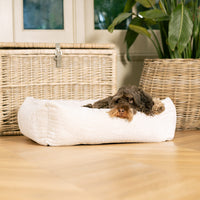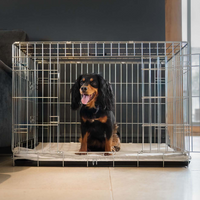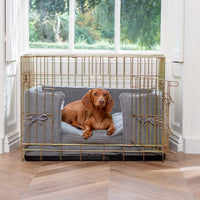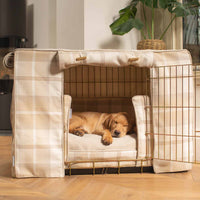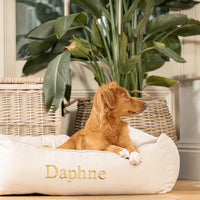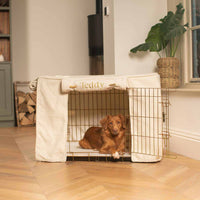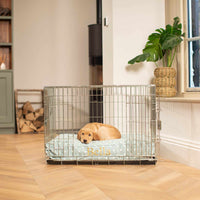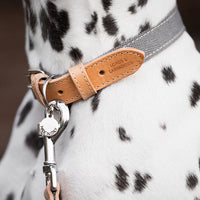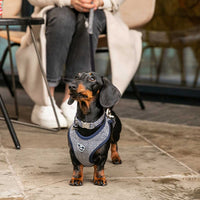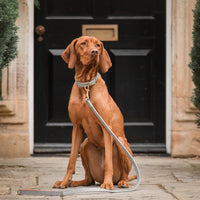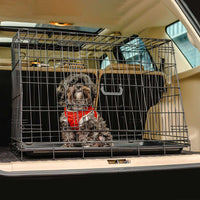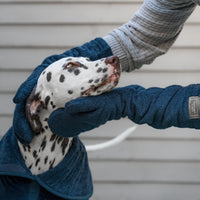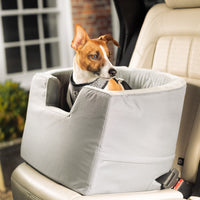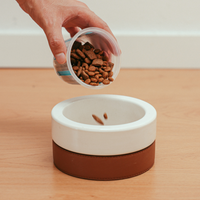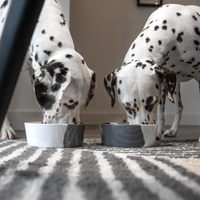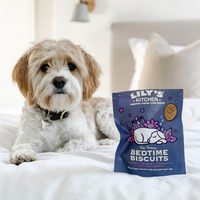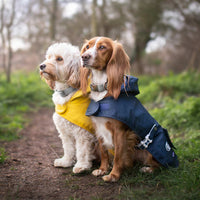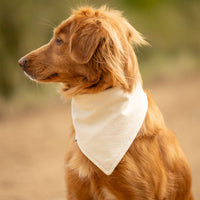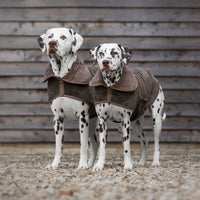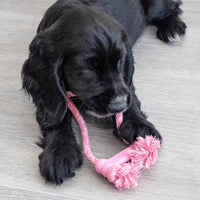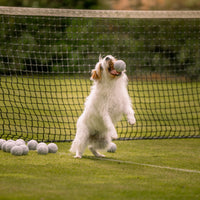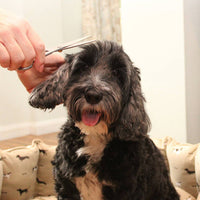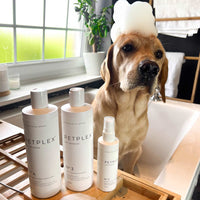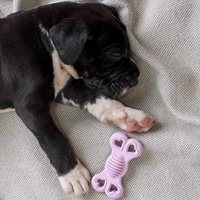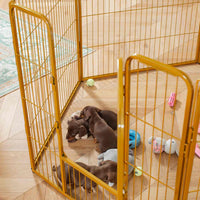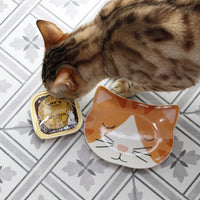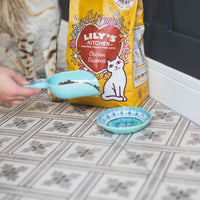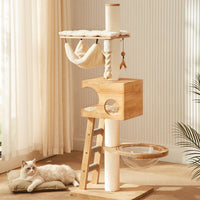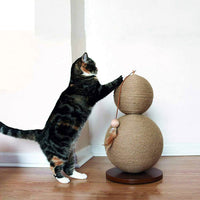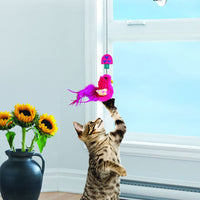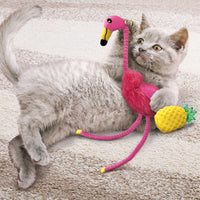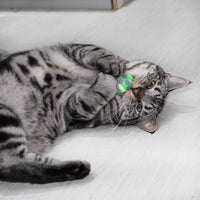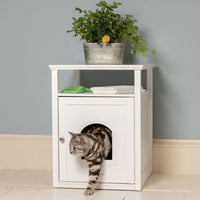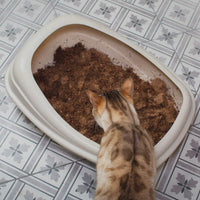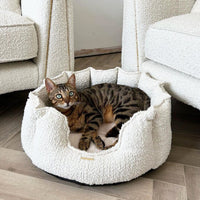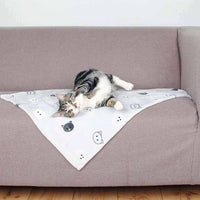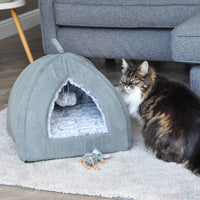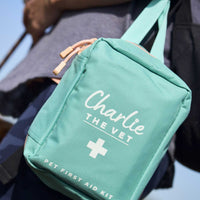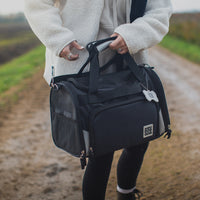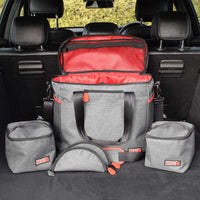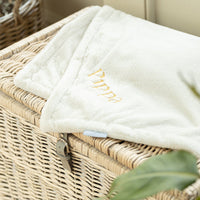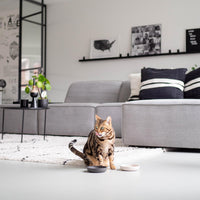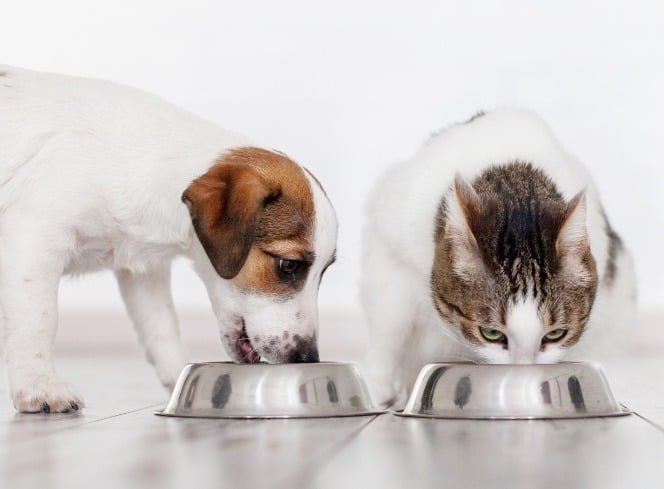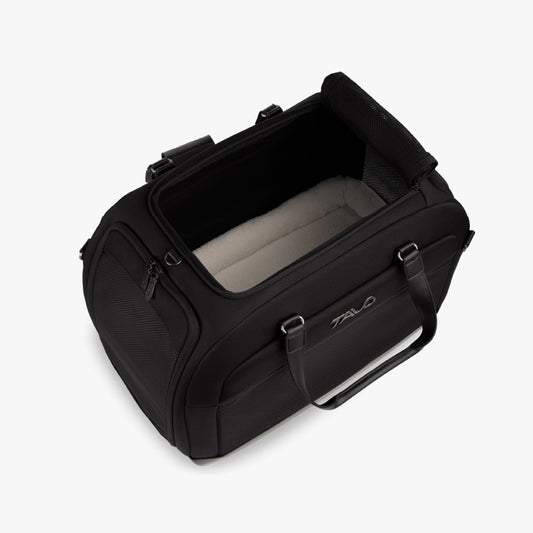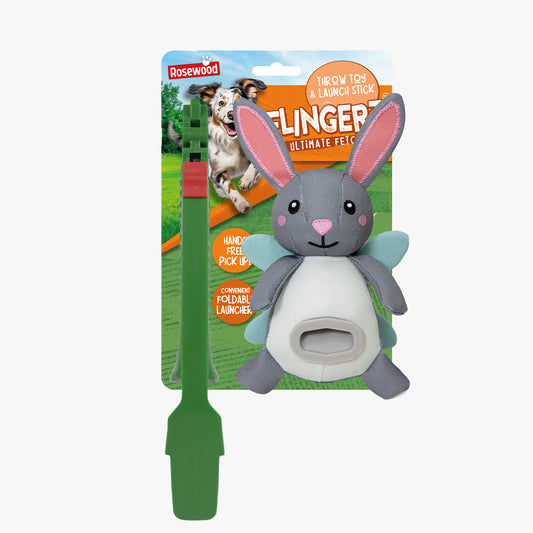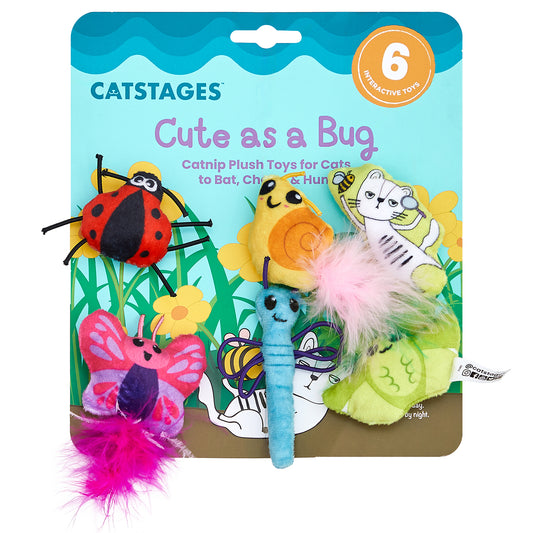Ever wondered if owning a dog makes you sexier? We’ve done the research so you don’t have to, and the answer is… YES!
We conducted our very own social experiment to see if we’d get more matches on the dating app, Tinder, if there was a dog in the profile.
To back up our findings, we also surveyed the nation and found out that over a third of Brits (36.7%) would be more inclined to date someone if they had a dog or said that they loved dogs.
Are you barking up the wrong tree when it comes to looking for love? Then this is your sign to use your dog to impress your next date.
Showing your dog in your dating profile gets you more matches
Across a two-week period, 24-year-old dog-owner Rachel (not her real name) set up a Tinder premium account featuring her gorgeous Border Collie, Milo. In the first week there was no mention of her pup in her bio and the images used were just of her. Each day, Rachel set her profile to a different location and swiped right 200 times per day.
In the second week, she did the same thing, but updated her profile to contain images of her and her dog including a new bio: I love my chilling with my dog Milo, the outdoors, socialising, and music.

Our Tinder experiment reveals that you are more likely to pick up a date if you have a dog in your dating profile. Having photos of Milo and mentioning him in the bio resulted in a 50% match-rate whereas the same profile without pictures or mentions of dogs resulted in 46% of people matching.
And it looks like having a dog is a good topic for starting a conversation too as 27% of messages received for the profile with Milo used him to introduce themselves to a potential date.
Messages included:
- “Milo looks lovely, what’s your favourite place that you’ve been together?” - Rob, 24
- “Can I go on a date with Milo?” - Neel, 27.
- “Does Milo need a dog dad?” - Brad, 26.

Londoners are most likely to match with you if you have a dog in your dating profile with 57% of swipes right resulting in matches. Whereas you are more likely to match with people in Glasgow if you don’t have a dog.
|
% of 200 swipes right per location resulting in matches |
||
|
Location |
Profile one: without dog |
Profile two: with dog |
|
London |
43% |
57% |
|
Belfast |
56% |
53% |
|
Glasgow |
58% |
50% |
|
Cardiff |
37% |
45% |
|
Manchester |
38% |
43% |
|
Total |
46% |
50% |
We’re a nation of dog lovers – according to our latest survey
In our survey of 2000 adults we found out that 1 in 6 (14.6%) say they would only date people who love dogs or own a dog. However, 37% said that be more likely to date someone who either owner or loved dogs.
% of UK more likely to date people who either owned or loved dogs
- Yes: 36.7%
- I don't mind either way: 47.8%
- No, it would put me off dating them: 15.0%
Our survey also reveals that more people in the UK love dogs than don’t as almost three in five admit to being a ‘dog lover’ compared to the 20% who declare they don’t love dogs.
Likewise, over half of the nation (56.9%) own a dog with people aged 25-34 more likely to own a dog than not (77%).
Almost three in five of 25 – 34-year-olds are more inclined to date people who own or love dogs (59.0%), followed by 35 – 44-year-olds (50.6%), and 18 – 24-year-olds (40.6%).
Age groups more likely to date people with dogs
- 25 – 34: 59.0%
- 35 – 44: 50.6%
- 18 – 24 : 40.6%
- 45 – 54: 25.1%
- 55 – 64: 18.0%
- 65+: 14.8%
You’re more likely to land a date in Belfast if you own a dog as 66% say they’d either only date people with dogs or would be more inclined to date people if they owned a dog or loved dogs. This is followed by Bristol (48.6%), Glasgow (47.9%), London (43.2%) and Manchester (39.07%).
Cities more likely to date people with dogs*
- Belfast, 66.04%
- Bristol, 48.61%
- Glasgow, 47.87%
- London, 43.21%
- Manchester, 39.07%
- Birmingham, 36.24%
- Nottingham, 36.17%
- Newcastle, 36.08%
- Cardiff, 31.82%
- Edinburgh, 27.12%
- Leeds, 26.90%
- Liverpool, 24.00%
- Southampton, 23.71%
- Norwich, 21.79%
- Sheffield, 18.97%
*Combination of people who answered “Yes, I only date people who are dog owners/dog lovers” and “Yes, I'd be much more inclined to date them if they had a dog or said they loved dogs”
Top of the dogs
Is your dog likely to land you love? The survey also showed the country’s favourite dog breed:
Britain's 10 top favourite dog
- Labrador Retriever - 15.1%
- Mixed breed - 9.2%
- Border Collie - 7.3%
- German Shepherd- 7.2%
- Cocker Spaniel - 6.2%
- Cockapoo - 5.7%
- French Bulldog - 5.5%
- Golden Retriever - 5.4%
- Jack Russell Terrier - 3.9%
- Dachshund - 3.6%
And they call it puppy love…
So, if you’re looking for a relationship and you’re an owner of a Labrador retriever, A.K.A the UK’s most loved dog, your four-legged friend might just be the lucky charm you need to secure your next date.
Our methodology
- Survey data. Survey of 2,000 UK adults conducted in August 2023, responses split by gender, age, and nearest city.
- Tinder experiment. Based on number a total of 2000 swipe rights and 1008 total matches across five locations over a two-week period. The profile used images of dating candidate with their dog and mentioning the dog in the bio in the second week. Each day the location was changed to gather regional data.


